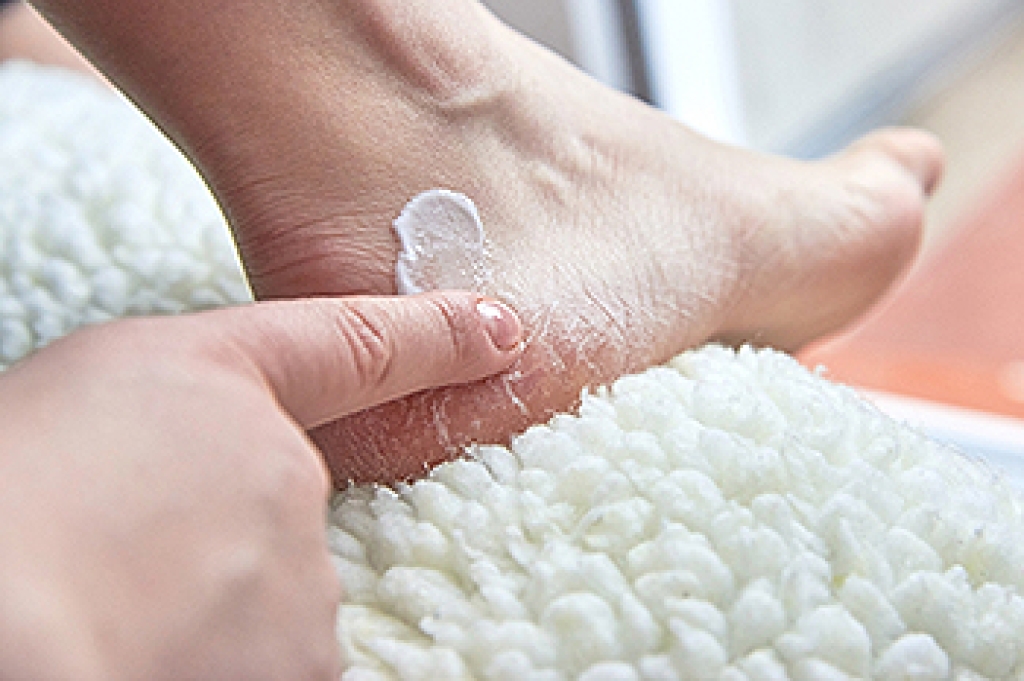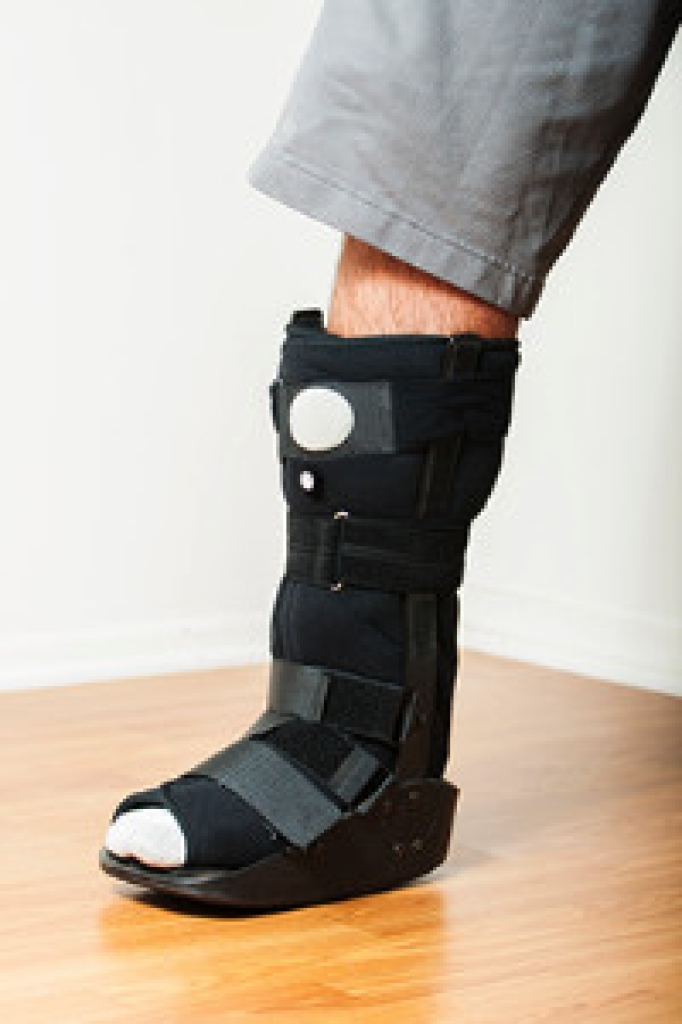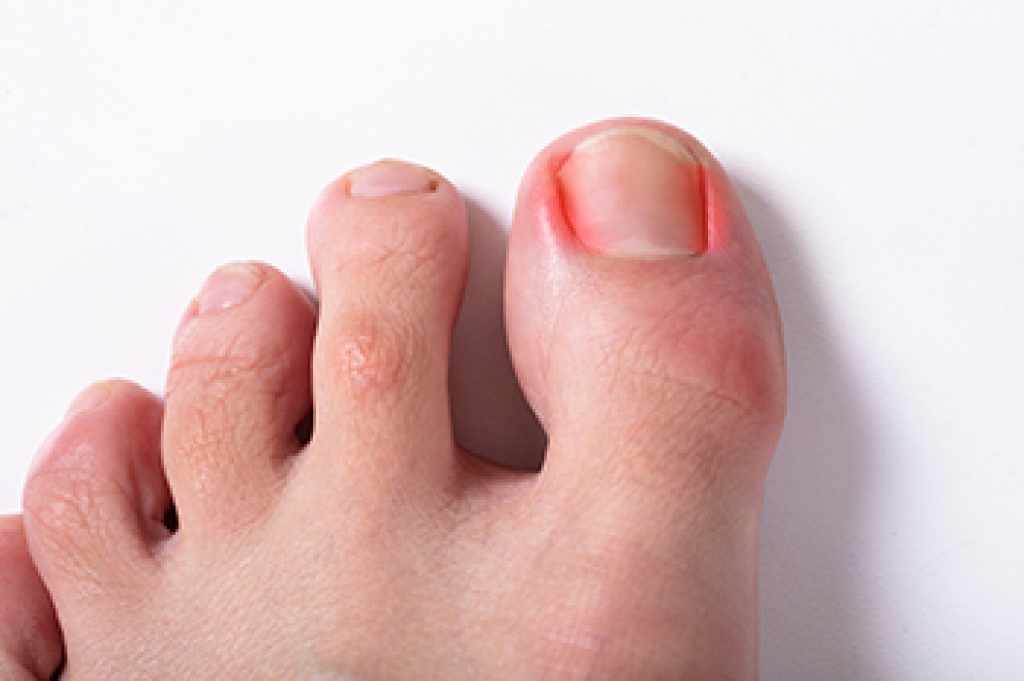
The skin on the bottom of the feet can be sensitive, despite it being able to support the weight of the body. The foot condition that is known as cracked heels can be uncomfortable, and it can happen for a variety of reasons. These can include wearing shoes that have an open back and standing on hard or uneven surfaces for most of the day. Additionally, it can occur from not drinking adequate amounts of water, or from a lack of moisturizing the feet. Some patients notice they have cracked heels from taking extremely hot baths or showers, or from using harsh soaps on their feet. Severely cracked heels may lead to developing fissures, which can bleed and become infected. It is beneficial for people who are diabetic to pay extra attention to their feet, and this may help to avoid complicated foot conditions from developing. If you have cracked heels, it is suggested that you confer with a podiatrist who can offer you treatment solutions, in addition to learning about effective prevention techniques.
Cracked heels are unsightly and can cause further damage to your shoes and feet. If you have any concerns, contact Vincent, Vess from Fourth River Foot & Ankle. Our doctor can provide the care you need to keep you pain-free and on your feet.
Cracked Heels
Cracked heels appear unappealing and can make it harder for you walk around in sandals. Aside from looking unpleasant, cracked heels can also tear stockings, socks, and wear out your shoes. There are several methods to help restore a cracked heel and prevent further damage.
How Do You Get Them?
Dry skin is the number one culprit in creating cracked heels. Many athletes, walkers, joggers, and even swimmers suffer from cracked heels. Age and skin oil production play a role to getting cracked heels as well.
Promote Healing
Over the counter medicines can help, especially for those that need instant relief or who suffer from chronic dry feet.
Wear Socks – Wearing socks with medicated creams helps lock in moisture.
Moisturizers – Applying both day and night will help alleviate dryness which causes cracking.
Pumice Stones – These exfoliate and remove dead skin, which allows for smoother moisturizer application and better absorption into the skin.
Change in Diet
Eating healthy with a well-balanced diet will give the skin a fresh and radiant look. Your body responds to the kinds of food you ingest. Omega-3 fatty acids and zinc supplements can also revitalize skin tissue.
Most importantly, seek professional help if unsure how to proceed in treating cracked heels. A podiatrist will help you with any questions or information needed.
If you have any questions, please feel free to contact our offices located in Pittsburgh, White Oak, and McKeesport,PA . We offer the newest diagnostic and treatment technologies for all your foot care needs.




